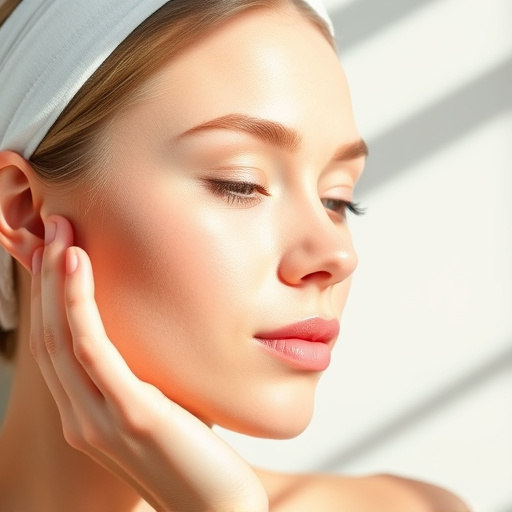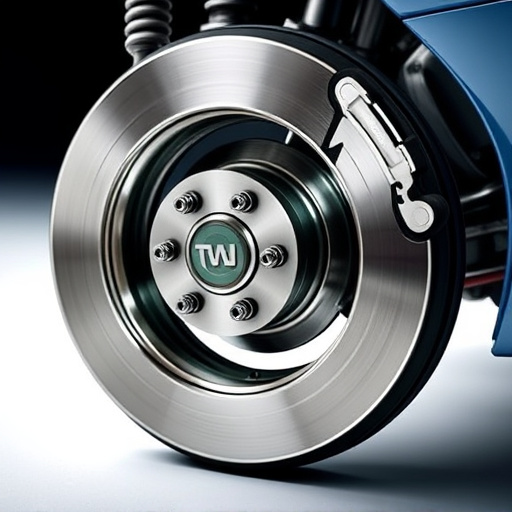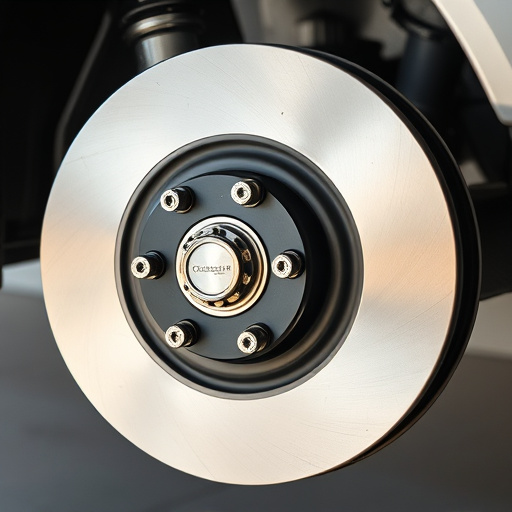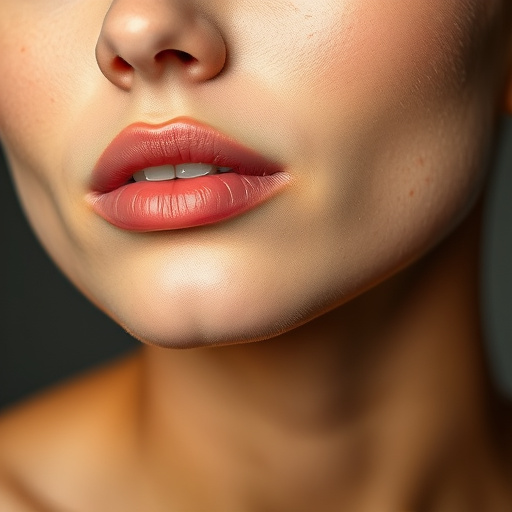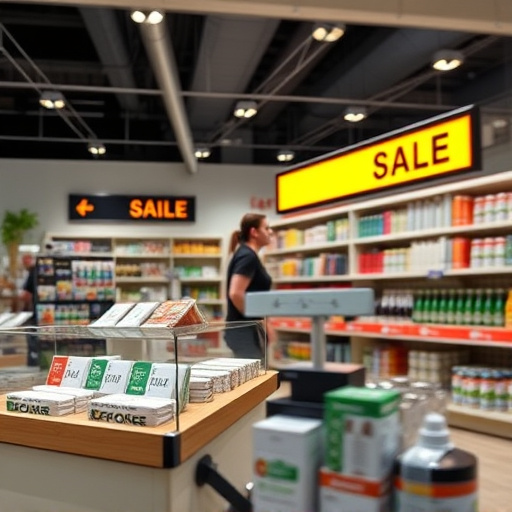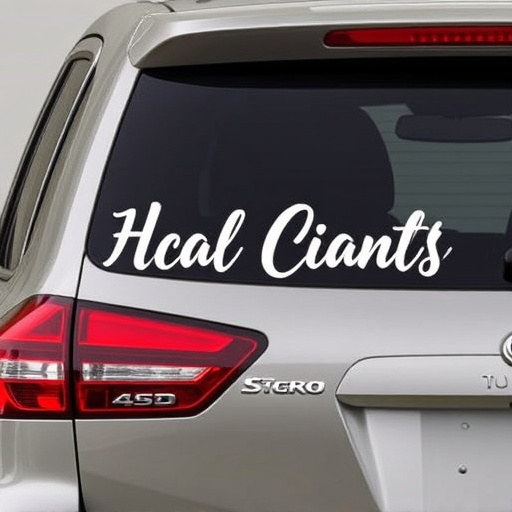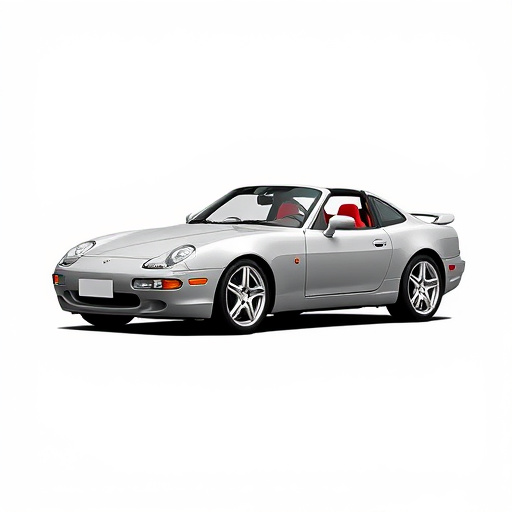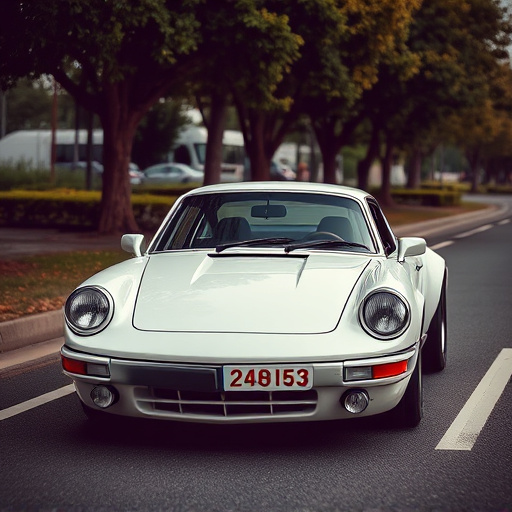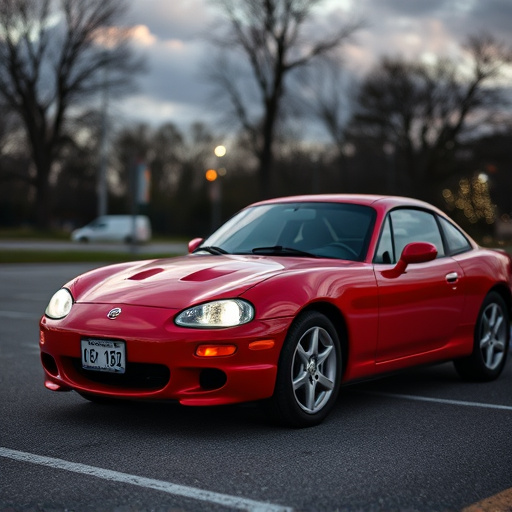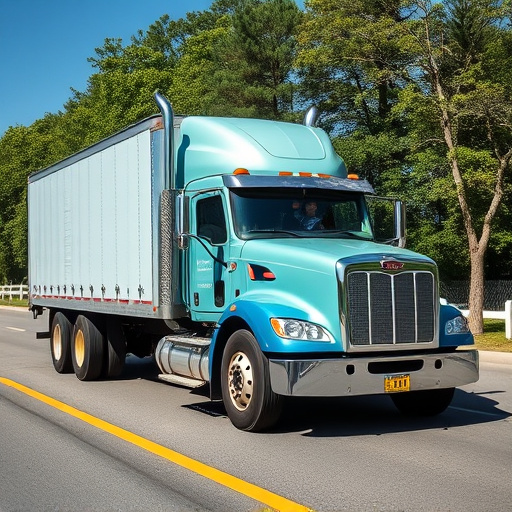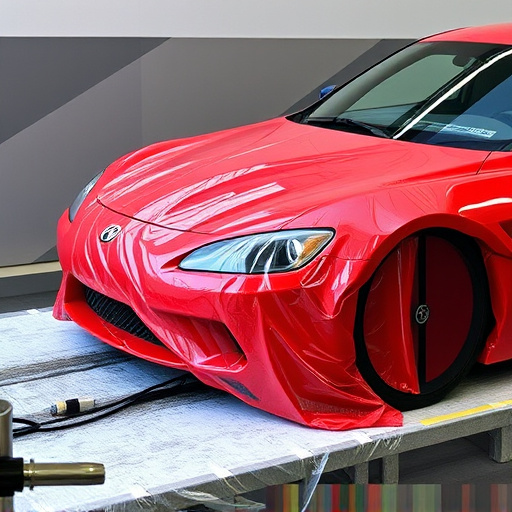Scratch-resistant coatings, made from advanced materials like ceramic, polyurea, or silicone, form an invisible barrier on glass to repel abrasions. Widely used for vehicle protection, smart device shielding, and architectural glass, these coatings offer superior scratch resistance for both personal and professional use. While effective against everyday wear, they may not withstand intense pressure or sharp objects, setting realistic expectations for surface protection.
“Ever wondered if scratch-resistant coatings truly live up to their name on glass surfaces? This comprehensive guide unravels the mysteries behind these protective layers. We explore how scratch resistant coatings interact with glass, delving into their effectiveness and dispelling common myths. From understanding the technology to its impact on durability, this article is your go-to resource for everything related to scratch-resistant coatings, ensuring you make informed decisions.”
- Understanding Scratch Resistant Coatings
- How They Interact With Glass Surfaces
- Effectiveness and Common Misconceptions
Understanding Scratch Resistant Coatings
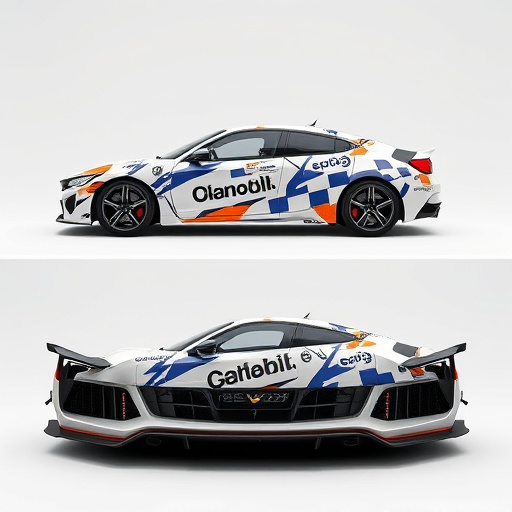
Scratch resistant coatings have become a popular choice for protecting various surfaces, including glass. These coatings are designed to create an invisible barrier on top of the glass, preventing scratches and scuffs while also enhancing its durability. They are particularly useful in environments where glass is exposed to potential damage, such as vehicles, smart devices, and even architectural glass.
Understanding how scratch resistant coatings work involves knowing their composition and application process. These coatings are typically made from advanced materials like ceramic, polyurea, or silicone, which offer exceptional resistance to abrasions. They are applied through specialized techniques, often involving spraying or dipping, ensuring a uniform and strong bond with the glass surface. Unlike traditional protective films, scratch resistant coatings adhere permanently, providing long-lasting protection that does not bubble up or peel over time. This makes them an attractive option for both personal use and professional applications, such as custom vehicle wraps and professional PPF (Paint Protection Film) installations, offering superior scratch protection.
How They Interact With Glass Surfaces
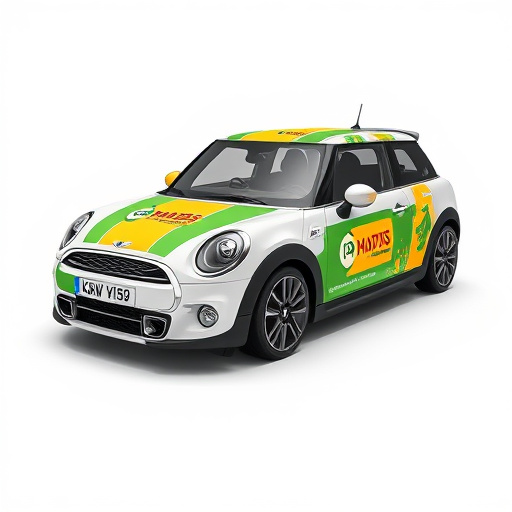
Scratch resistant coatings are designed to interact with glass surfaces in a unique and protective manner. These coatings form a thin layer over the glass, creating a barrier that prevents everyday scratches caused by debris, fingerprints, and other substances from penetrating the surface. The interaction is crucial, as the coating must adhere strongly enough to withstand routine wear and tear while remaining flexible enough to absorb minor impacts without chipping or cracking.
When applied correctly, scratch-resistant coatings enhance the durability of glass, particularly in environments where glass surfaces are prone to damage. This is especially relevant in car customization and premium automotive services, where window tinting is a common practice. By adding an extra layer of protection, these coatings not only preserve the aesthetic appeal of tinted windows but also extend their lifespan, ensuring that they remain scratch-free and clear for longer periods.
Effectiveness and Common Misconceptions
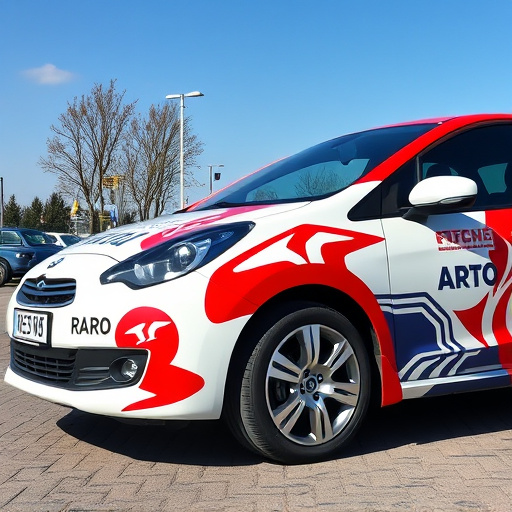
Scratch-resistant coatings have become increasingly popular for protecting various surfaces, from smartphones and tablets to automotive windshields and even home windows. While these protective coatings promise enhanced durability and a reduced risk of scratches, there are several misconceptions surrounding their effectiveness. Many assume that once applied, the surface is invulnerable to any form of scratching, which isn’t entirely accurate.
The reality is that scratch-resistant coatings offer varying levels of protection depending on the material, application quality, and the force or type of object causing the scratch. For instance, high-quality finishes on modern devices can resist everyday wear and tear, but they may not withstand intense pressure or sharp objects. In terms of vehicle protection, these coatings can significantly reduce stone chip damage and minor scratches from everyday driving conditions, but they won’t prevent all types of scratches, especially those caused by extreme weather conditions or accidents. Understanding the limitations of these protective coatings is essential for setting realistic expectations and ensuring optimal surface protection.
Scratch-resistant coatings have proven effective in protecting glass surfaces from everyday wear and tear, but it’s essential to understand their limitations. These coatings create a protective layer that increases the surface hardness of glass, making it less susceptible to scratches and stains. However, they are not invincible; heavy impacts or harsh chemicals can still damage the coating or underlying glass. When properly applied and maintained, scratch-resistant coatings offer a durable solution for enhancing the lifespan of glass surfaces in various settings, from homes to commercial spaces.

